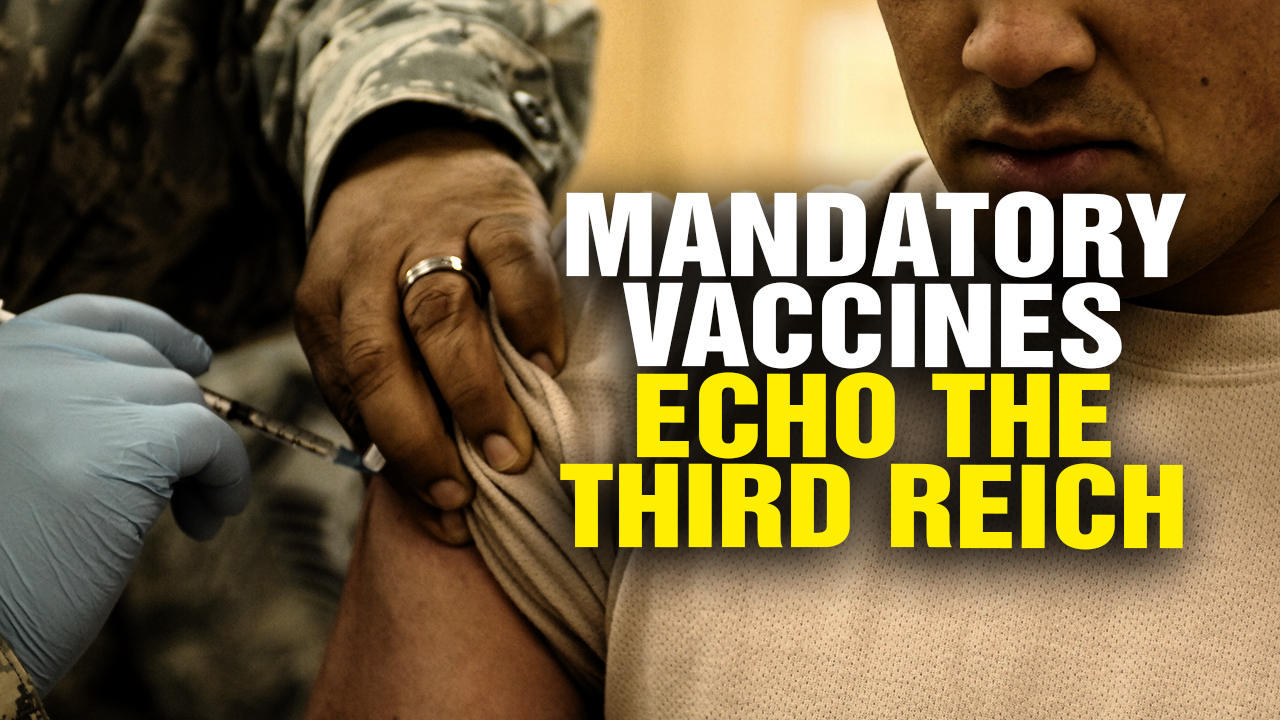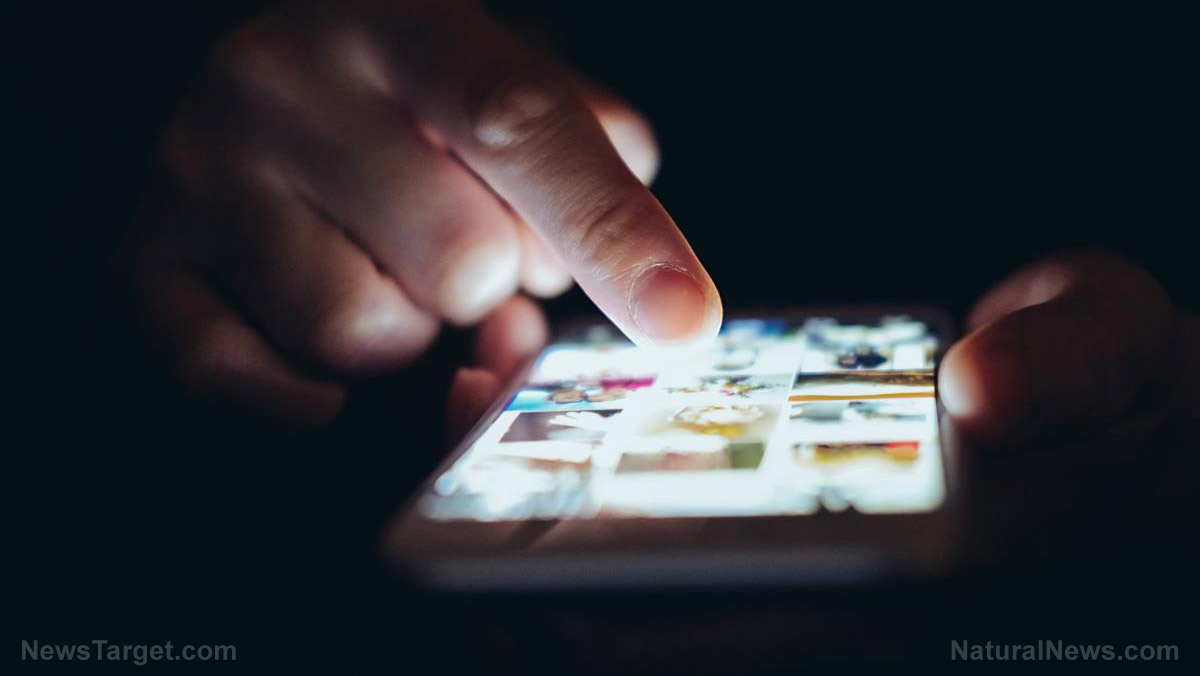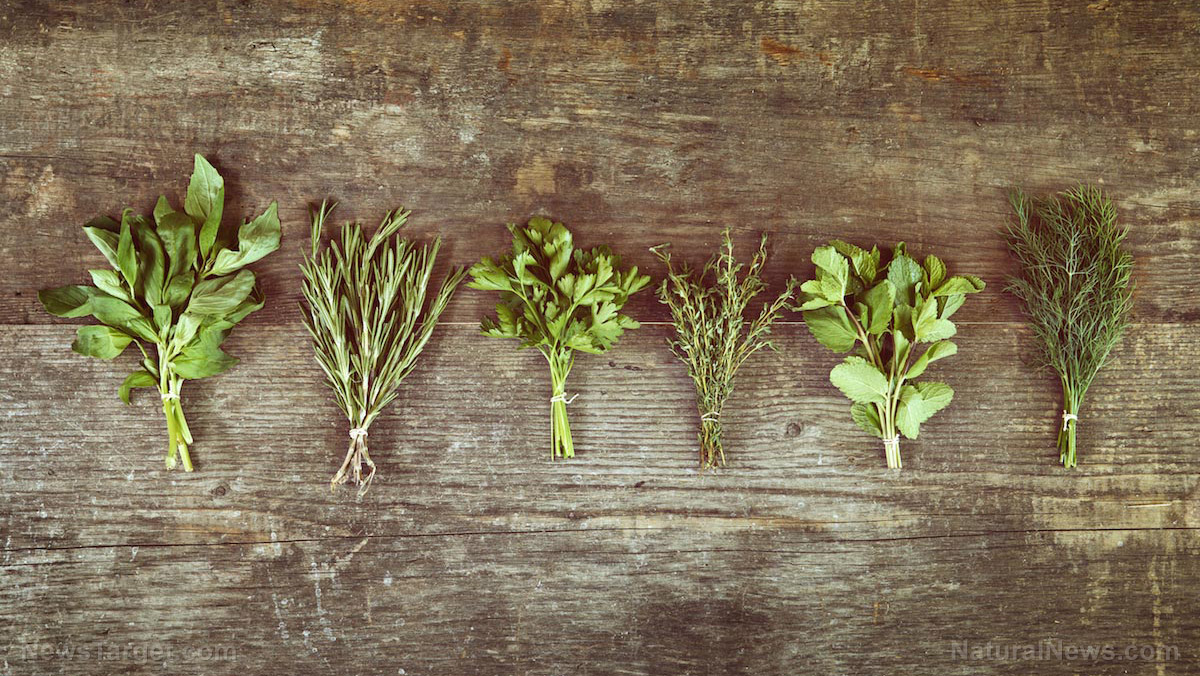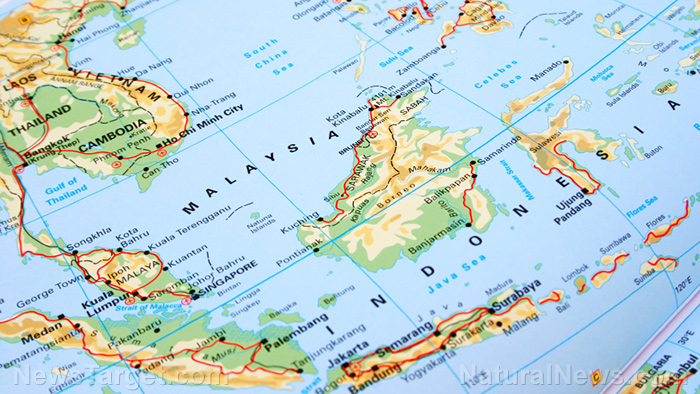Coronavirus will not be stopped by summer heat, study says
06/07/2020 / By Franz Walker
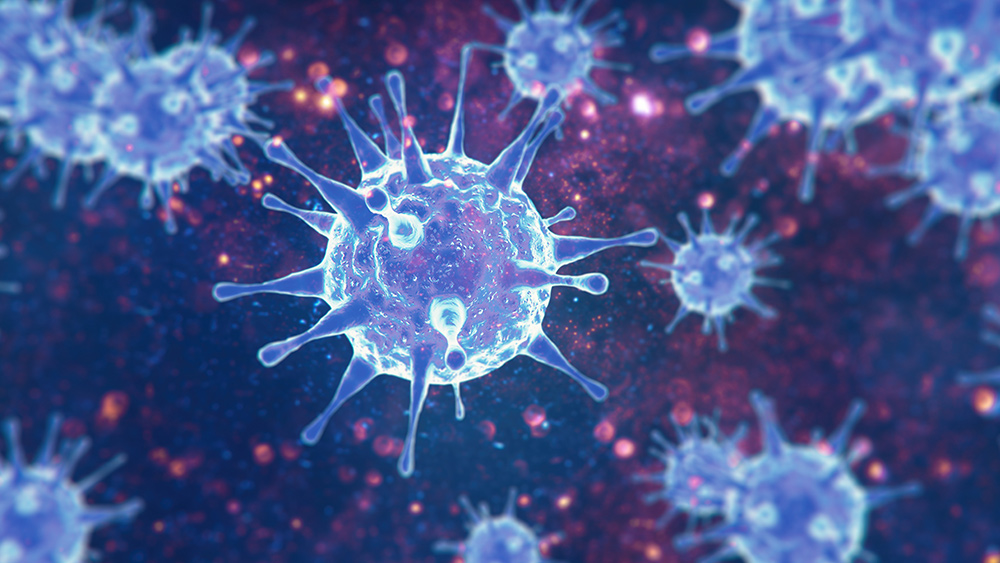
The rise in temperatures in the U.S. this summer is unlikely to stop the spread of the Wuhan coronavirus (COVID-19), a new study from Harvard Medical School reveals.
The study, published in the journal Clinical Infectious Disease, found that the SARS-CoV-2 coronavirus – the pathogen responsible for COVID-19 – is sensitive to extremes of heat and light.
“There is an association between temperature and rate of transmission of SARS-CoV-2 virus which may result in modest decline in the community transmission of SARS-CoV-2 with warmer weather,” the researchers wrote. “This effect is modest, however, and is unlikely to slow down disease spread if containment measures are relaxed.”
Weather only caused a “modest” change in the spread of the coronavirus
To figure out if temperature, ultraviolet (UV) light and even precipitation affected the spread of the coronavirus in the U.S., the researchers took a look at daily weather patterns in all 50 states, as well as Washington D.C., between January 22 and April 3, 2020. They then compared these figures with data on cases from these locations, factoring in a five-day incubation period for the virus.
The daily average temperature during this period was 50 F. The researchers noticed that a daily maximum temperature of greater than 52 F was linked with a statistically lower number of coronavirus cases five days later. On the other hand, a daily maximum temperature of 30 F or less was associated with higher rates of infection.
According to the researchers, higher UV levels were associated with a lower rate of new infections. They postulated that this was because the rays disrupt the integrity of the virus. Meanwhile, no link was found between rain and coronavirus cases.
While temperature and UV levels did seem to affect the spread, the researchers stated that the reduction was only “modest.” They noted that social distancing and face masks would still be needed in these situations to slow the spread of the disease.
“While the rate of virus transmission may slow down as the maximum daily temperature rises to around 50 degrees [Fahrenheit], the effects of temperature rise beyond that don’t seem to be significant,” said co-author Dr. Shiv T. Sehra, an assistant professor at Harvard Medical School.
“Based on our analysis, the modest association suggests that it is unlikely that disease transmission will slow dramatically in the summer months from the increase in temperature alone.”
Mapping a hypothetical state
The researchers also developed a model that looked into how a state would fare in terms of caseload using temperature as a variable. According to their models, a state with a daily maximum temperature of less than 52 F would have 23 cases per million more each day, compared to another where the maximum temperature soared over 52 F.
On the opposite end, a colder state, where the daily maximum temperature remained below 30 F, would see around 110 more cases per million at the peak, compared to a state where temperatures didn’t drop below 60 F.
Interestingly enough, these forecasts remained the same even the researchers accounted for other factors that can affect case rates, such as population density.
Other studies have already concluded the same
The Harvard Medical School study is the latest to delve into how weather and the environment may affect the coronavirus. In April, a study published on the pages of the European Respiratory Journal also stated that weather and temperature did not slow down the coronavirus.
The study, conducted by researchers from Fudan University in Shanghai, compared the virus’s rate of transmission in Chinese cities at the start of the pandemic with daily weather data recorded by the China Meteorological Data Sharing System. It also looked at UV radiation levels from NASA’s Aura satellite.
As with the Harvard study, the researchers found no significant link between changes in mean temperature and the infection rate of the virus in these cities in China.
Where the Fudan study differs from the Harvard one is that the former did not find any link between humidity and the virus’s spread, unlike the latter.
Both studies, however, conclude that a change in the weather alone will not slow down the coronavirus. Even if weather and temperature can affect a modest change, as the Harvard study suggests, it’s still not enough. Measures such as social distancing and the wearing of masks will still be needed to fight the pandemic.
Sources include:
Tagged Under: coronavirus, covid-19, disease, Flu, Harvard, humidity, infection, infections, outbreak, pandemic, research, summer, superbugs, USA, virus, weather


